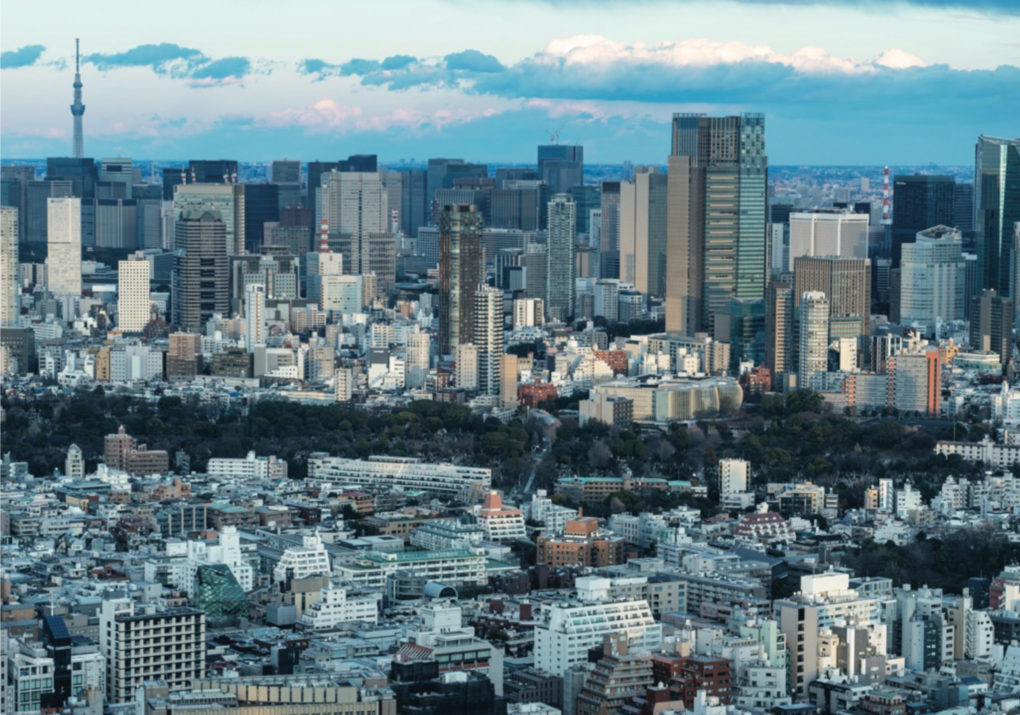
Mohsen Mostafavi: Sharing Tokyo – Artifice and the Social World
Tokyo is the world’s most populated metropolitan area. Every day, millions of commuters travel to and from work, arriving to and leaving from the city’s train-stations. The dynamism of the city is beguiling. Yet, it is hard to register that much of Tokyo is a young city. An artifice, constructed from the ruins, first of the Great Kantō earthquake in 1923, and then, of the Allied fire bombings during WWII. The city, quickly managed to rebuild itself after every disaster. Much of the charm of Tokyo is based on contrasts, between new and old, large, and small. In Tokyo, a major thoroughfare of modern buildings invariably fronts a much smaller scale, hidden, neighbourhood of older structures. It remains a city of secrets, of discoveries, and surprises. More recently, the adoption of neo-liberal policies has led to the building of a series of large-scale mixed-use projects by a small handful of big developers. The financial model of these exclusive, semi-autonomous islands makes them out of reach almost extra-territorial- spaces of the city for most Tokyoites. In contrast, are the older neighbourhoods of the city, many in need of revitalization. How can the city, given Japan’s changing demographics, aging, de-population, single living, prepare itself for a future that can be shared by all and not for the benefit of the few?
Mohsen Mostafavi, architect and educator, is the Alexander and Victoria Wiley Professor of Design and Harvard University Distinguished Service Professor, and served as Dean of the Harvard Graduate School of Design from 2008- 2019. His work focuses on modes and processes of urbanization and on the interface between technology and aesthetics. He has been the Director of the Master of Architecture I Program at the Harvard GSD and has also taught at the University of Pennsylvania, University of Cambridge, and the Frankfurt Academy of Fine Arts (Städelschule).











































































